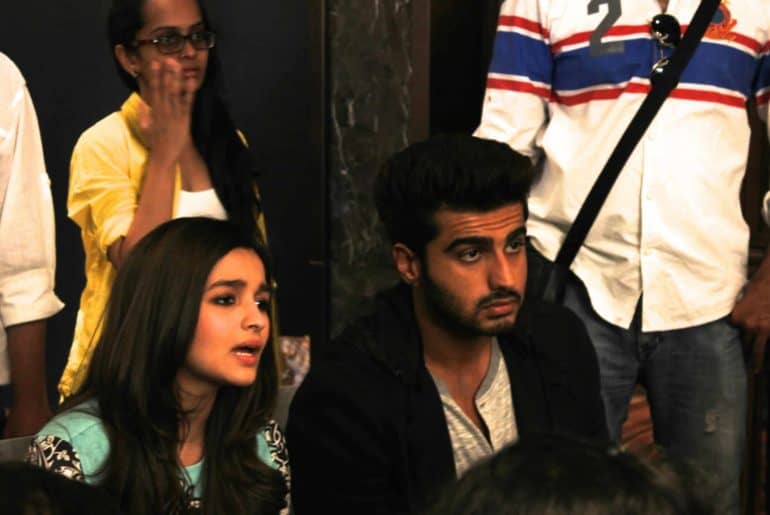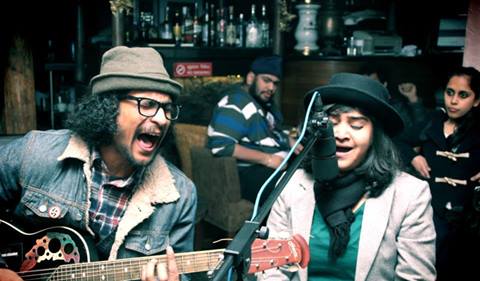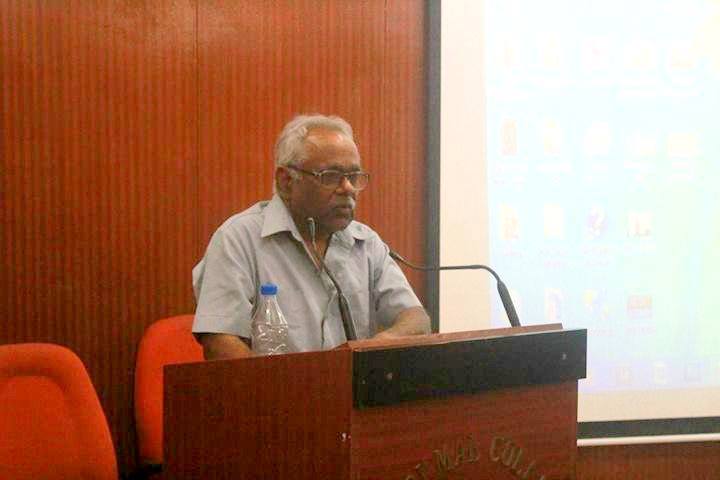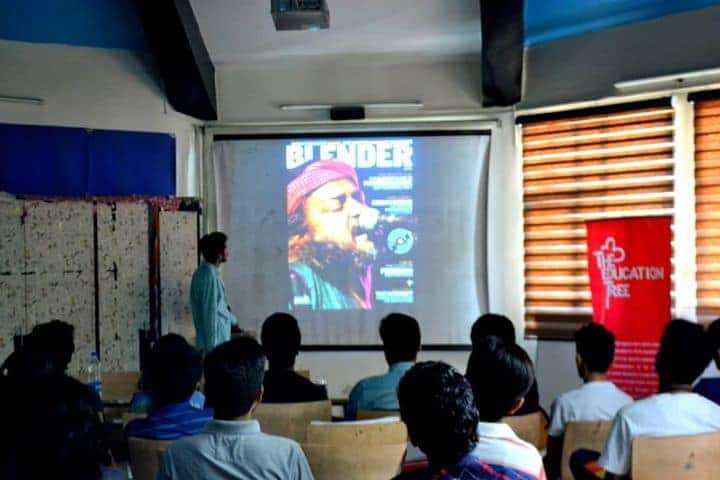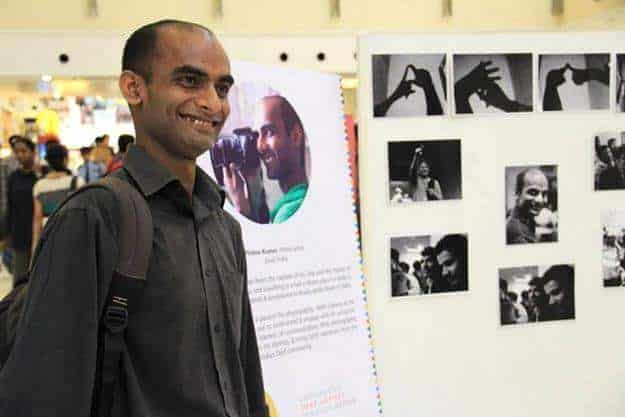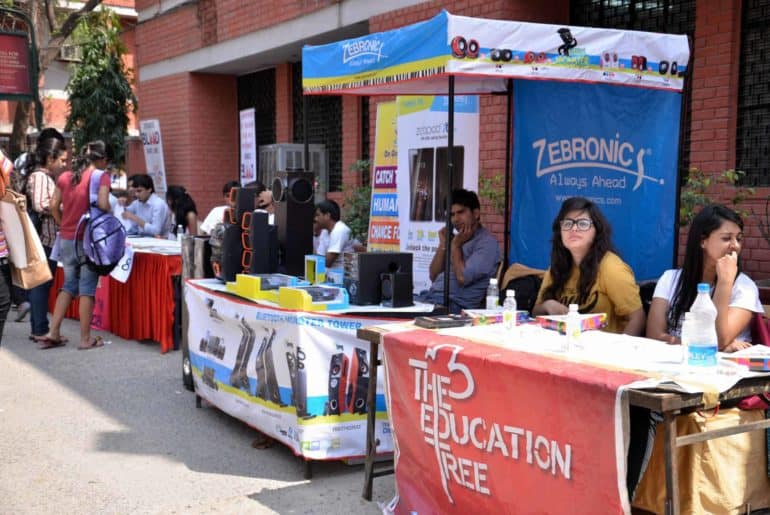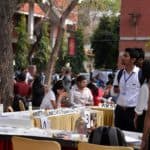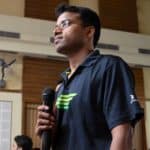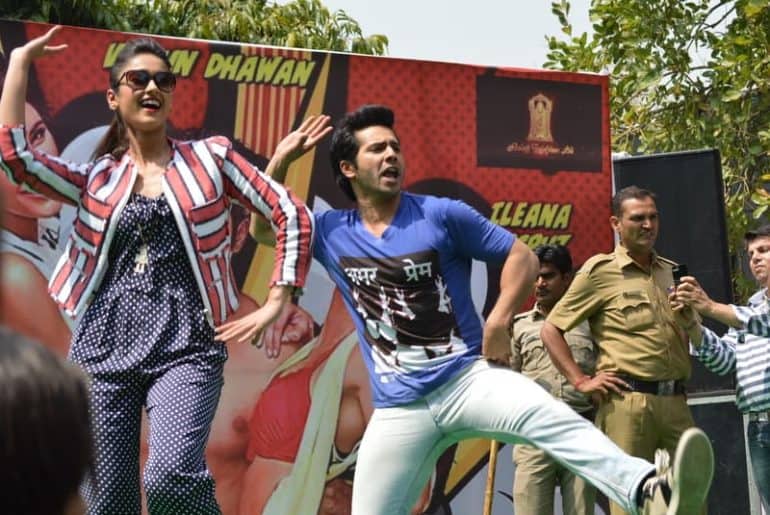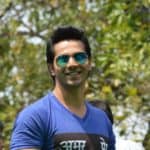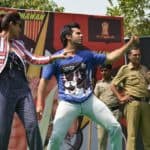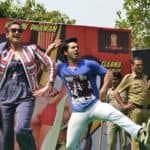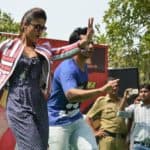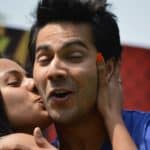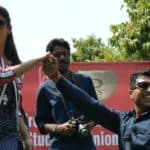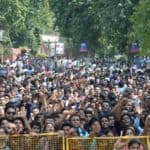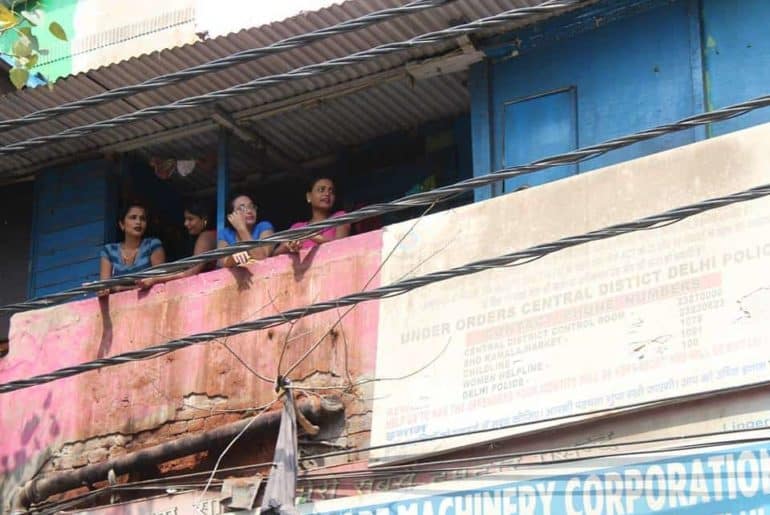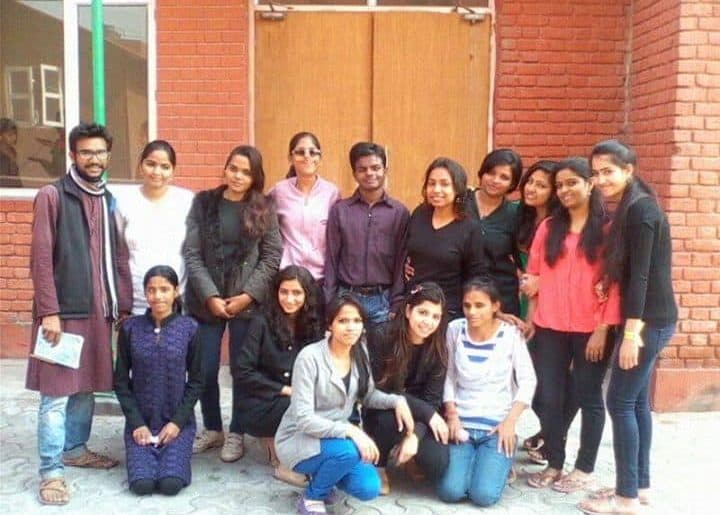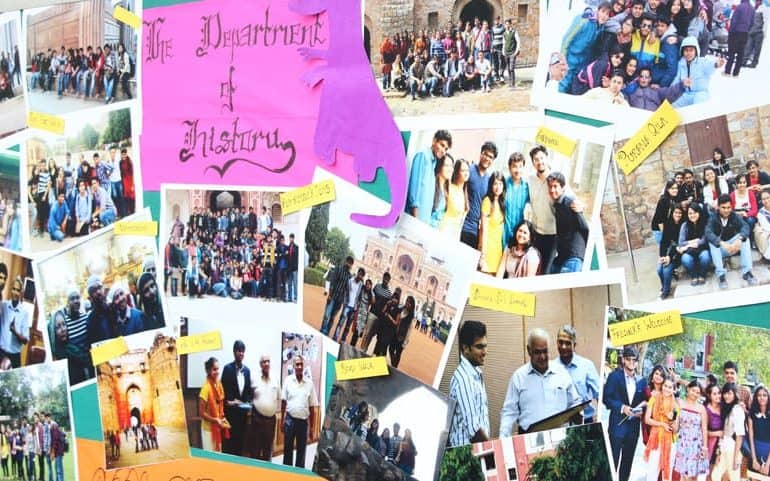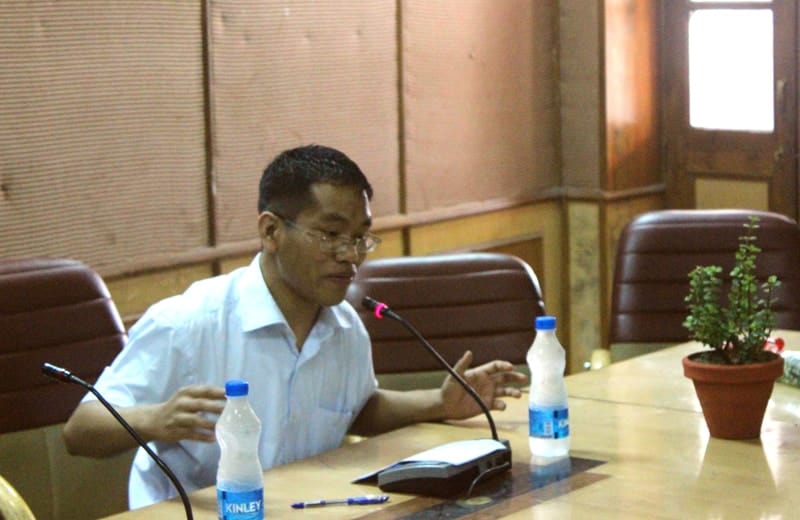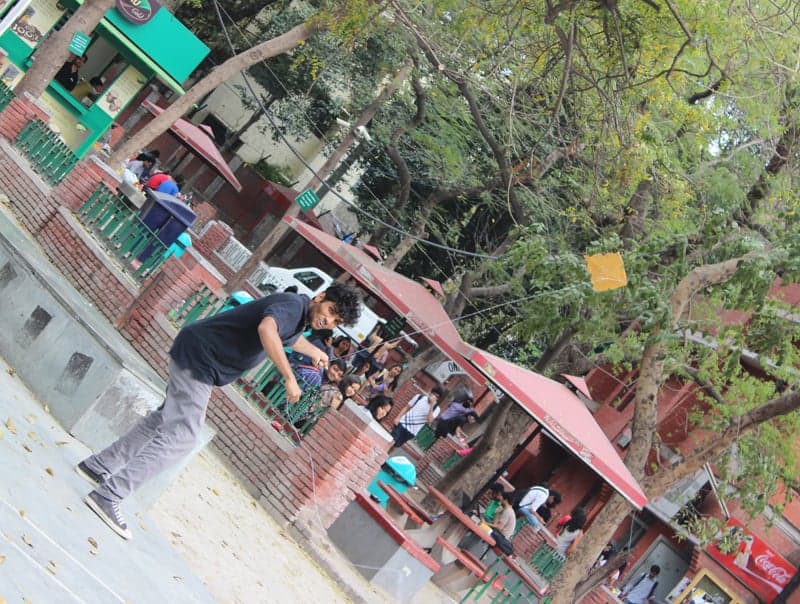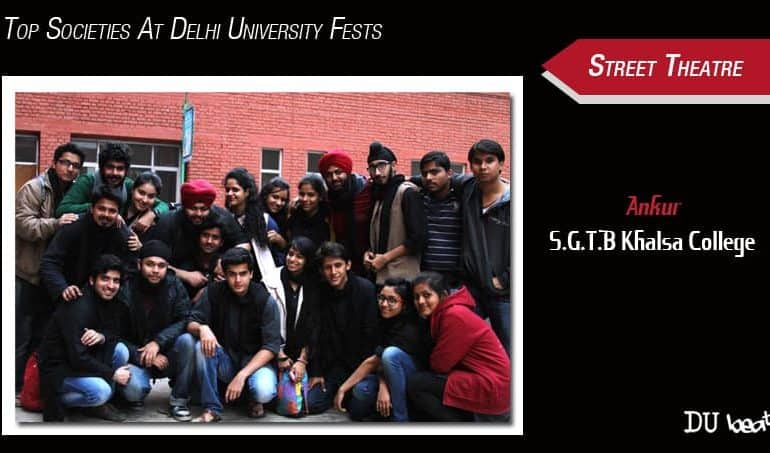From talking about their characters and relationships to the movie as an adaptation of Chetan Bhagat’s novel, the star cast of the movie 2 States, Arjun Kapoor and Alia Bhatt recently sat down with our correspondent. Take a look at them talk about their experience of shooting in IIM Ahmedabad, their chance to be students once again and what they enjoyed the most as students. Arjun also tells us how he is envious of actor Varun Dhawan and wants to do comic roles in the future.
Presenting Arjun Kapoor and Alia Bhatt in conversation with our correspondent Iresh Gupta.
Iresh : Tell us something about your character Krish, and in what ways could you relate to it? And what is it that the students will love about the movie and the character?
Arjun : I identified a lot with Krish in terms of emotional quotient, not because he is Punjabi or I am Punjabi, but there is a lot more to it. He is somebody who doesn’t show his emotions. He has a certain take on life. He is very a responsible kid. There is a certain selfless nature. Whatever he does is for his mother. He is brought up properly with family values. There is a certain understanding that he has developed to keep his mother happy and that is something that I completely related to. For a 23-24 year old kid, he hasn’t lost his way, though there have been ups and down in his life. He is a sorted out kid. So the viewers also will be able to relate to the character fully, I suppose.
Iresh: Alia, how was Ananya for you as a character?
Alia : Ananya is much more mature than I am. She is very active with her thoughts and her intelligence is the reason behind it. She is very sensitive to the people she loves. I relate to her ideas. She has an opinion and she puts it forward. The character also thinks that she is right 90% of the times. And when it comes to Krish she would go on her way to convince her parents. And also, in many ways she was very inspiring for me as a woman.
Iresh : The book by Chetan has done really well and is quite popular, especially among young people and students. Has that built up any pressure for you two?
Arjun : It didn’t actually, till I met you all or met all his readers because I haven’t read the book. They all made me realize the unprecedented love the Chetan novel has. This hit me when our first trailer came out; we had six million hits which according to Dharma Productions, was the highest for any Dharma movie till date. Then we realized the expectation the film carries for age groups especially young people, as you say.
Iresh : Alia what do you think? How difficult is it to maintain the originality when a movie becomes an adaptation of a book?
Alia : See, when I hadn’t read the book I was little apprehensive about the fact that this book will be made into a movie. But when I read the adaptation, I read the book, I was happy. After watching the movie now, I feel that the basic skeleton of the book is there. The emotions are in place. Cinematic liberty is what we took but at the end of the day the emotion remains the same.
Iresh : Alia, you have been a student before for Student Of The Year. So how was it this time for 2 States?
Alia : This movie has characters of more older students, it is not high school. The movie is about a relationship that we develop while we are in college. But it was fun working and shooting in a campus.
Iresh : Arjun, any research that you undertook to be a student after different genre of roles you did in the past?
Arjun : I have grown up from being 17 to 25 and I was pretty alert as a student with whatever studies I did then. No research was required as such but there was this body language that Abhishek (Verman) wanted for this character as a director. I had to retain that no matter what I am doing as student in the film.
Iresh : How was it shooting in the campus of IIM-Ahmedabad? Was it among the college students?
Arjun : It was really nice to go back to the college. I enjoyed that experience. I enjoyed shooting in IIM, it is a fantastic campus. And it made much easier for us to believe that we are college students because college poora khaali tha, chutti ke time par gye the. We were there last April for shooting. We used to wake up in the morning, come to college, work whole day and go back. So it was a really cool experience.
Iresh : Alia, how was it working at IIM-A for you?
Alia : It was a great experience. Even when Chetan came to the sets, he was quite happy for the fact that we got IIM-Ahmedabad as the campus which he had visualized in the book. It reminded him of his days in the college with his wife. For us, that was a big thing.
Iresh: Arjun what is that you enjoyed the most as a student?
Arjun : I got to dress well, that is what I enjoyed the most in the film. I got to wear clothes that I would wear in normal life and roam around. I played my age, more or less. I was allowed to dress how I would want to dress. When I say that I could relate to the boy, the sensibility and his aesthetics, the jeans, the shoes, the cargoes, the glasses I wear and the haircut I got. I would like to get rid of this (points towards his present look) for quite some time. So I liked all those changes that happened to me. It was a nice refreshing change.
Iresh : Arjun, when you look at all these movies coming today, what is the genre you would like to do or one director you would want to work with?
Arjun : I would love to do comic roles. I am really envious of Varun Dhawan. Really, the kind of genre that is taken up by David Dhawan, the movies he makes, is something that I would like to do.
Iresh : You both have been to Delhi University before for promotions. So how was the experience? And one last message for our readers?
Alia : We have got lots of love from the age group that you cater to. It is amazing to see how the young generation that is our own generation relates to and also appreciates our work. So all of you out there, please go watch 2 States, One love! It is a movie for everyone. It is coming out on 18th April. Do watch!
Image Courtesy: Mehr Gill for DU Beat

